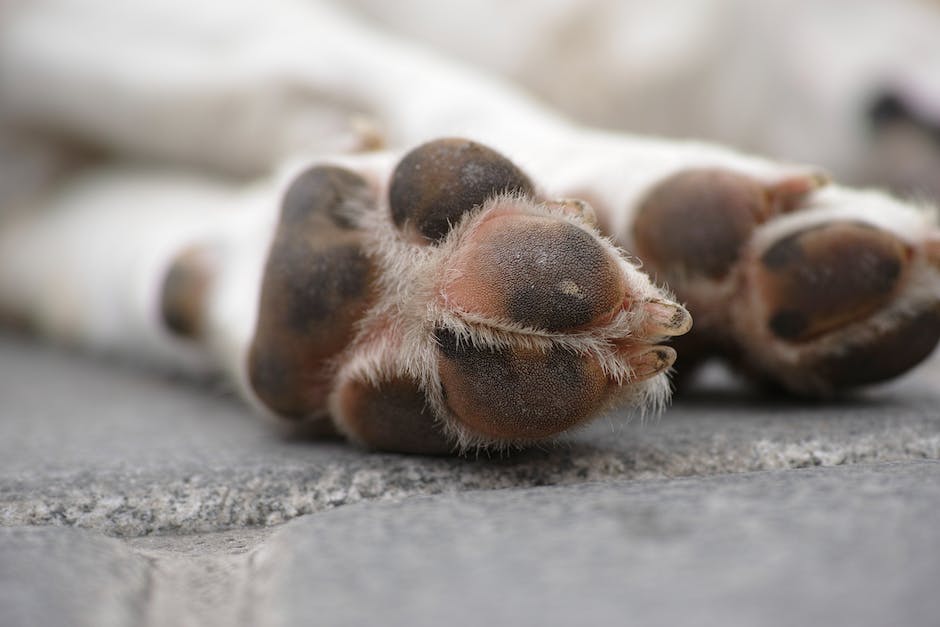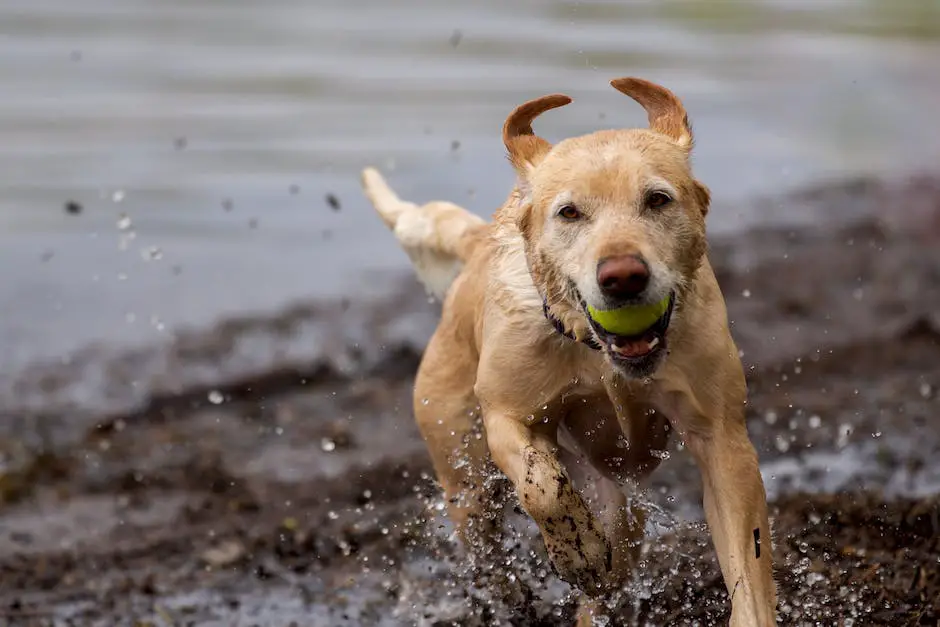As winter blankets the landscape with its frosty embrace, dog owners are presented with a unique set of seasonal challenges to ensure the well-being of their beloved canines. From the bitter chill of the blowing wind to the deceptive allure of a snowy wonderland, it is essential to gear up and adjust our pet care routines accordingly. With a focus on protecting those tender paws from the harsh elements, understanding your dog’s exercise needs in the cold, and tweaking its diet for optimal winter health, this guidance aims to arm you with effective strategies to keep your furry friend safe, comfortable, and happy during the winter months.
Protecting Paws from Cold and Chemicals
Keeping Your Furry Friend’s Paws Safe in the Winter Chill
When the snowflakes start to fall and the temperatures drop, it’s a clear sign that winter is here to cozy up under our blankets. But, hey, let’s not forget about our four-legged family members and their little paws that have to brave the cold! Winter walks are essential; they keep our pups happy and healthy, but those icy pavements and chilly paths can be tough on their sensitive paws. So, how do we ensure Fido’s feet are protected? Let’s dive right into some paws-itively great tips to keep those furry paws safe!
1. Moisturize, Moisturize, Moisturize!
Just like we slather on the lotion to prevent dry, cracked skin, our dogs’ paws need a bit of TLC too. Before those winter walks, and after coming home, give your pup’s paws a good massage with some pet-safe paw balm. It’s like a spa day for their feet – and it can prevent chapping and cracking from the harsh winter weather.
2. Trim the Toe-Tufts
Those adorable little fur tufts sticking out between your dog’s toes may be cute, but they can collect snow and ice, making walks uncomfortable and slippery. A quick trim will reduce ice ball formation, which means less time melting them out with your hands. Just be sure not to trim the paw pads themselves!
3. Booties for the Win
Dog boots may look funny and take some persuading for your buddy to wear, but they can be a game changer. They’re not just a fashion statement – they provide a barrier against the cold, salt, and toxic chemicals. Start with short walks to get your dog used to the sensation, and make sure the boots fit snugly but don’t pinch.
4. Quick Wipes Post-Walk
When your pup comes back inside, be sure to give their paws a quick wipe-down. This removes any salt or chemicals they may have picked up, which they could ingest while licking their paws. Ice melt is great for sidewalks, but it’s not something we want in our dogs’ systems.
5. Rinse and Dry for Comfort
If your walk was particularly messy or your pup has sensitive skin, consider a quick rinse with warm water. Just be sure to dry those paws thoroughly after – nobody likes cold, wet feet!
6. Limit Exposure to Harmful Chemicals
The salts and chemicals used to de-ice sidewalks can irritate your dog’s paws and are harmful if ingested. Look for pet-safe ice melts for your own home and stick to paths that are less chemically treated when out for walks. Your dog’s paws will thank you!
7. Pay Attention to Weather Conditions
On extra cold days, limit the time your dog spends walking on the snow or ice. Even the fluffiest pooch can get frostbite on their paws. Keep an eye on the temperature and stick to short, frequent walks if it’s just too chilly for comfort.
By following these tips, winter walks can remain a delightful part of your dog’s routine without the worry of discomfort or harm to their precious paws. Remember to listen to your pet – if they are showing any signs of discomfort, it might be time to cut the walk short and cuddle up where it’s warm and toasty. Here’s to a season of safe, happy tails and trails!

Managing Cold Weather Exercise
When the winter winds start to howl, keeping our furry family members active can feel a bit daunting. Sure, we’ve got those precious paw pads moisturized and the booties lined up by the door, but what about actually getting Fido moving when it’s frosty out? Not to fret, there’s a sleigh-full of ways to make sure your canine companion stays fit and happy through the chillier months!
Bundle Up and Brighten Up
First things first, remember that dogs, much like humans, need to layer up to combat the cold. Grab a cozy, weather-appropriate dog coat to keep your four-legged friend toasty. Safety is a top priority, so if walks are happening during darker hours, reflective gear and LED collars or leashes are brilliant for staying visible.
Indoor Agility Courses
Who says you need a backyard to set up an obstacle course? With a little creativity, the living room can become an exciting maze. Use furniture, boxes, or purchase mini hurdles and tunnels designed for indoor use. Not only will this provide physical exercise, but it’ll give your dog’s brain a good workout too!
Hide and Seek With Treats
Exercise those sniffers! Hide treats around the house and encourage your pooch to hunt them down. You’ll have a blast watching them sniff around, and they get a fun and engaging reward at the end of their search.
Make a Date with Doggy Daycare
Sometimes, the best option for a good run is to get out of the house. A local doggy daycare with indoor play areas can be like Disneyland for dogs. They’ll get to romp around with friends while you’re at work or running errands.
Treadmill Training
Have you ever thought about a treadmill workout for your dog? It’s not as far-fetched as it might sound. With proper training, dogs can learn to walk or even jog on a treadmill. Always monitor them closely, start slow, and ensure they’re comfortable with the machine before cranking up the speed.
Staircase Dash
Got stairs at home? They’re not just for skipping on leg day! Encourage your pup to run up and down the stairs for a few minutes. It’s a wonderful way to get the heart pumping. Just take it easy on those older dogs or breeds with joint concerns.
Snowy Adventures
If your dog is a snow enthusiast, and conditions allow, let them have a blast in the fluff! Playing fetch with a bright ball against the white snow could be exhilarating. Remember to always supervise and keep playtimes short to prevent any chance of frostbite.
Brain Games
Last, but not least, never underestimate the value of mental stimulation. Puzzle toys and interactive games that reward with treats can tire out a dog just as much as a brisk walk. Keep that noggin engaged and the paws will follow suit.
When temperatures drop, the fun doesn’t have to freeze. With a sprinkle of creativity and a dash of preparation, exercising your dog in the cold season can be a walk (or a playful romp) in the park. Stay warm, stay safe, and above all, keep those tails wagging!

Winterizing Your Dog’s Diet and Hydration
As the snowflakes start to twinkle and the winter winds whistle, we know it’s time to snuggle up and keep warm. But what about our furry family members? As dedicated as we are to ensuring our pups have the friskiest of tails and the happiest of barks, it’s vital to pay extra attention to their dietary needs when the mercury plunges. Let’s dive into how your dog’s diet and water intake should change as we bundle up for winter.
Firstly, understand that your pup’s energy needs can shift with the season. For those outdoor adventurers who love frolicking in the frosty landscape, they might need extra calories to keep their energy levels up. Consider incorporating a bit more protein and fat into their diet to help maintain their body heat and energy. However, if your dog turns into a bit of a couch potato during the colder months, it might be wise to cut back slightly to avoid weight gain.
Hydration, hydration, hydration – it’s not just a summer mantra. Dry winter air can dehydrate our dogs just as it does us. So even though they might not be panting from the heat, ensuring they have access to fresh, unfrozen water is crucial. Water bowls can freeze over when left outside, so use a heated bowl or ensure it’s refreshed regularly. If your dog isn’t a keen drinker in the cold, try adding water or a salt-free broth to their food to encourage them to take in more fluids.
Lastly, keep an eye on the condition of your dog’s coat and skin. Dry air might require an adjustment to their diet with fatty acids supplements like fish oil, which can help keep their skin moist and their fur glossy. Plus, these supplements support their overall health, from improving joint health to boosting their immune system.
Every dog is their own individual snowflake, and their needs can vary significantly. It pays to monitor your dog’s behavior and condition and consult with your vet to ensure you’re meeting their specific dietary and hydration needs during these chilly months.

As the winter season marches on, embracing these tips will make a significant difference in your dog’s quality of life. It’s not just about enduring the cold months; it’s about thriving in them with a wagging tail and a sprightly step. Safeguarding paws, ensuring proper exercise, and optimizing nutrition are more than just acts of care—they’re expressions of the deep bond we share with our canine companions. Keep these principles in mind, and you and your dog can enjoy the winter wonderland with gusto and in glowing health.
